To end (or limit) the increase in the power sector circular debt flow, under the condition of the IMF, the government is yet again passing on the inefficiencies in planning and governance to the end consumers. This summer, the average consumer tariff inclusive of all taxes is estimated to exceed Rs 38-40 per unit. At such high rates, the marginal consumer would either lower consumption or stop paying; in both cases, the built-up of circular debt may not entirely stop.
The last summer, after the base tariff revision and a significant fuel cost adjustment (FCA) due to higher fuel prices, the power tariffs were increased by around 40 percent. This time, the cumulative application of various charges is resulting in almost another 60 percent increase in some consumer segments. Last year there was a decline in recoveries from most of the Discos, and that phenomenon is likely to grow this year.
This time, the notable increase is passing on the interest cost of Rs800 billion circular debt parked in the PHL. Dealing with this surcharge was one of the impediments with the IMF because the Fund wanted this to be part of the tariff as the government had no solution to clear the debt. In contrast, the government wanted this to be a surcharge for some months. However, NEPRA wasn't unhappy with this as it meant passing on system inefficiencies to the consumers. The surcharge of Rs3.82 per unit is imposed till June 2023 for all consumers but Rs0.43 per unit for those below 300 units and nothing for lifeline consumers. However, on Thursday, 16th March, NEPRA concluded a hearing on the implementation of the PHL surcharge in the new fiscal year. The government is proposing that the majority categories pay Rs3.23 per unit from July until October 2023; and from November 2023, all categories except lifeline will be paying these charges.
Then there are deferred FCAs from last summer – mainly for 300-unit consumers or below - as high FCA for May, June, and July 2022 applied in the Jul-Sep quarter were deferred temporarily and only applied partially to bills. These deferred charges will be passed on now in eight installments to lower the monthly increase. However, the recovery timings are odd relative to when those were deferred, as inflation is touching new records. In such a situation, it won't be easy for lower-slab consumers to absorb this increase. There would also be FCAs on existing consumers requiring quarterly adjustments. Furthermore, the GST has increased by 1 percent to 18 percent. Overall, the increase could be very painful when added to last year's increase amid high inflation and falling real incomes.
It's a no-brainer to assume that the consumers won't be able to afford the high-cost electricity. So there would be two options. One is to reduce consumption, and the other is to default on bill payments. A combination of both may occur, preventing circular debt flow from lowering to the desired levels.
Already the recoveries are falling. In FY22, Discos' recovery (barring KE) reduced from 97 percent to 90.5 percent. And based on news reports, the decline in the recovery of the first quarter of FY23 was to 83 percent. This lower recovery was partially attributed to higher FCAs in those months, which were settled subsequently. The other reason for lower recovery was that some areas were affected by floods. The overall recovery number could have improved later, but it will be challenging in the current scenario not to let it fall again. As per the NEPRA document, the Federal Government is calculating PHL markups on the assumption that recovery will be at 90 percent, but the price increase is making this number unrealistic.
According to KE's half-year director report, the recovery is down from 94.9 percent in the first half of FY22 to 91.8 percent in the 1HFY23. The fall in other discos, as per news reports, was steeper. Not every disco is equal. Some have higher losses than others. Some contribute more to the circular debt than others. But now, all have to share the interest payment on that circular debt, which is unfair to good-paying consumers and efficient discos.
The industrial sector also faces these problems, where the exporting sectors are paying tariffs of Rs40 per unit while the production cost is close to half. And the industries have to pay for domestic consumers' subsidies and discos inefficiencies. This is not fair, either.
With exuberantly high tariffs, it's about time to revisit this policy of uniformity, as even good consumers or discos might not remain good. There is a need to call a spade a spade.








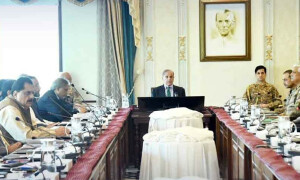




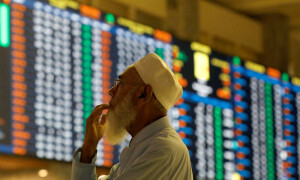
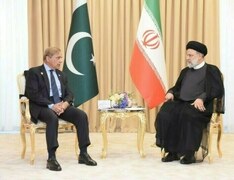
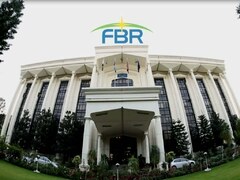

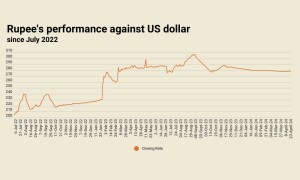
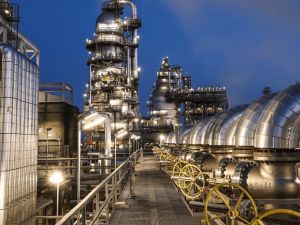
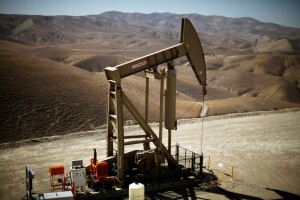



Comments
Comments are closed.